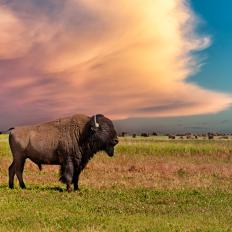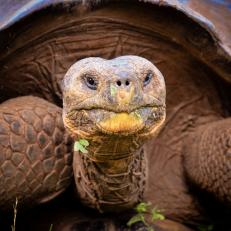Flying South: The Bird Migration Story
Every year, many birds begin the journey from their spring and summer breeding grounds towards their winter homes. Here’s everything you need to know about their great journey.
Birds know to migrate by the number of daylight hours there are and the cooling temperatures. Food source is another indicator for the birds, as are the trees losing their leaves, meaning there are fewer nesting locations.
The beginning of fall migration depends on which bird is flying. Birds in the Arctic begin migrating much earlier, as they have much further to travel. The dates depend on when autumn begins, which is based on geography, altitude, and climate. In the Southern Hemisphere, autumn is mid to late March through late May to early June.
Birds, such as the Arctic terns, can migrate up to a whopping 24,000 miles! But some simply move altitude and fly further down to lower elevations where it’s warmer. The whooping crane travels around 2,500 miles, and some species fly non-stop from the Canadian Maritimes all the way to South America. However, the blue grouse, waterfowl, blackbirds, northern bobwhite, and bridled titmouse stay close to home.
Scientists are still baffled by how birds know where to migrate. According to the Cornell Lab of Ornithology, birds migrate using a variety of techniques, including "navigation by the stars, sensing changes in the earth's magnetic field, and even smell."
Birds won’t migrate until their offspring are mature enough to join, or they can care for themselves.
Not all birds migrate. Species such as the northern cardinal, most hairy woodpeckers, and the northwestern crow can find enough food in their home ranges throughout the winter so they don’t need to fly south.
Many will wait for favorable tail winds before they start their migration in order to make their journey easier.
Only a handful of birds follow travel corridors--the majority travel in “flyways” that can be “as wide as the continent,” according to Audubon.
Many male songbirds molt into plumages that are duller and more camouflaged, even if they do not migrate south.
In some species, the males leave before the females, such as the rufous hummingbirds that migrate up to two weeks before their partners.
Migrating birds can be divided into two categories: diurnal and nocturnal migrants. Raptors and the American White Pelican are both examples of soaring birds that rely on thermals to generate lift, and so need to fly during the day. Most long-distance migratory birds, such as sparrows and thrushes, begin their migration at night.
After they’ve started their migration, birds will fly every day, especially as the daylight hours diminish.
























